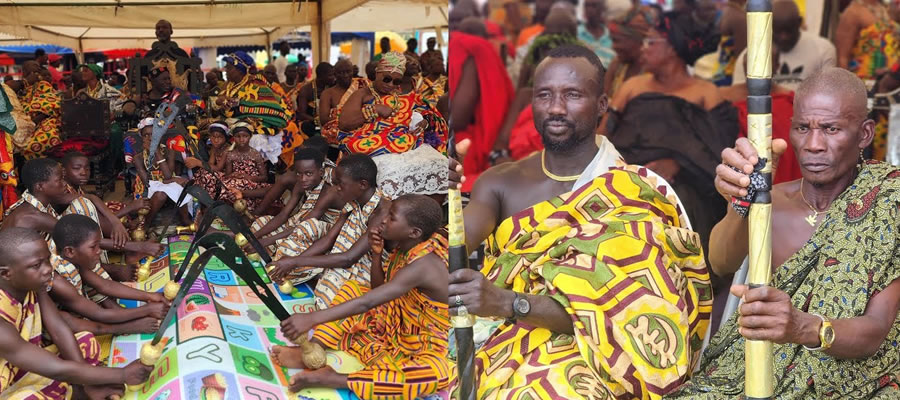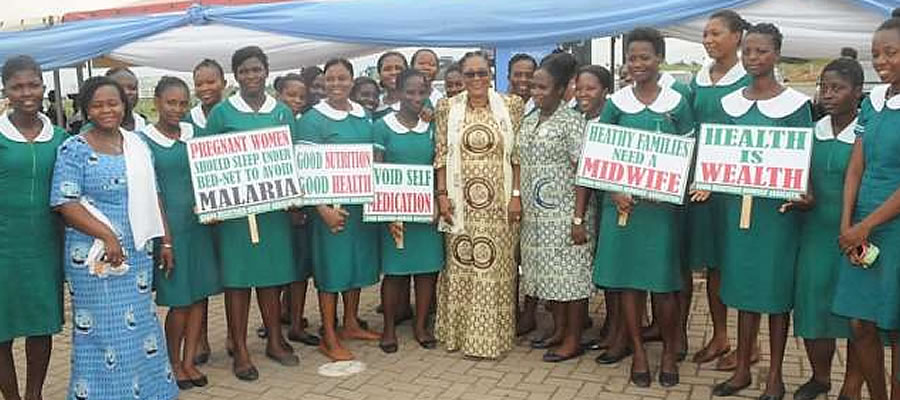

Infrastructure Road Network
The road network is fairly good with surface dressing and mostly engineered. 50% of the road networks are in good condition and the remaining are either fair or poor. The urban roads network in STMA is 898.5 kilometres. It consists of arterial, distributors/collectors and local roads of which 381.5 kilometres have been paved while the remaining 517 kilometres are unpaved. For the most of the day, the arterial road network in Sekondi-Takoradi is congested.
This situation, if left unchecked, could choke the Metropolis’ transportation network and commercial activities to death and destroy its ecosystem with fuel emissions from vehicles. Key to minimizing congestion and its attendant effects on the economy, health and livelihood of the citizens, is the implementation of an efficient public transportation system along with physical improvement of the arterial road space.
The Ghana air force manages internal flights at the Takoradi airstrip. Rail transport lines from Takoradi to Kumasi exits and under rehabilitation. There is severe damage to the road surface due to the heavy traffic load (canalized surface routing); Invasion of the right of way by informal businesses. Additionally, there are unregulated operations and a lack of strict control for taxis and trotros accounting for more than half of the current traffic volume registered in the network.
Date Created : 11/21/2017 2:45:40 AM











 facebook
facebook
 twitter
twitter
 Youtube
Youtube
 +233 593 831 280
+233 593 831 280 0800 430 430
0800 430 430 GPS: GE-231-4383
GPS: GE-231-4383 info@ghanadistricts.com
info@ghanadistricts.com Box GP1044, Accra, Ghana
Box GP1044, Accra, Ghana